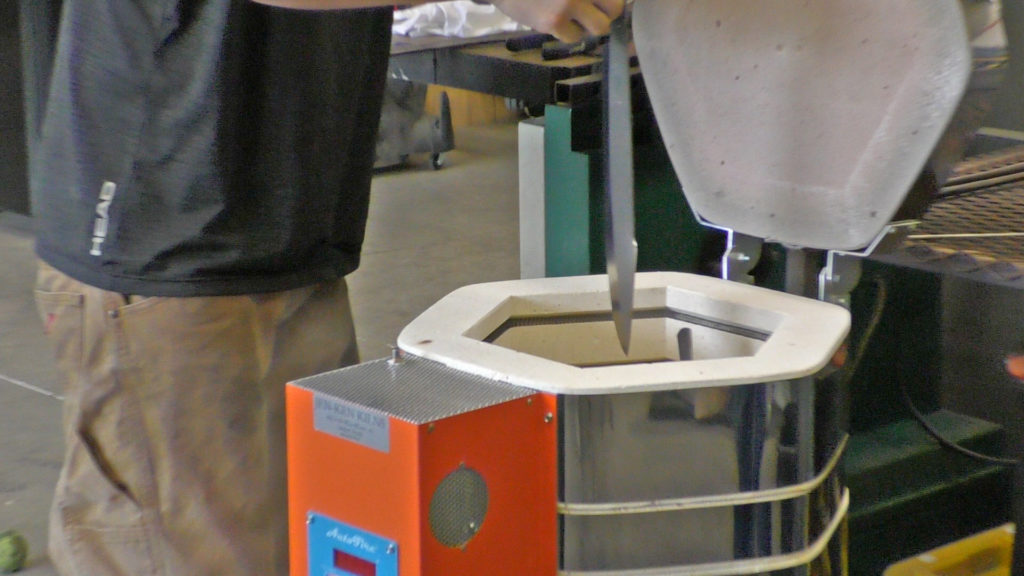Understanding your relays – Mechanical and Solid State
First, what is a relay?
Kiln relays are found in your kiln’s control box and are responsible for switching the power to your kiln’s elements on and off. To switch power on and off, a relay simply requires a small electrical signal. This signal is a metaphorical “gatekeeper” for a much larger electrical signal.
What are the differences between electromechanical and solid-state relays?
Electromechanical Relay (EMR)
An electromechanical relay uses a physical moving part to connect contacts within the output component of the relay. The movement of this contact is generated using electromagnetic forces from the low-power input signal, allowing the completion of the circuit that contains the high-power signal. The physical component within the electromechanical relay commonly makes a “click” sound. A disadvantage of this relay is that they suffer from the effects of age. As time passes, the springs and the linkages inside the relay grow weak. This can result in maloperation and false trips.
Solid State Relay (SSR)
A solid-state relay uses semiconductor devices instead of mechanical. SSRs use a low power electrical signal to generate an optical semiconductor signal, typically with an opto-isolator or octocoupler, that transmits and energizes the output signal. When activated, the input optical signal acts as the “switch” that allows a high voltage signal to pass through the SSR’s output component. So, the switching speed of the device can be made easier and faster. The main advantages of this relay are its longer life span and faster switching operation compared to other relays.
Which relay should I choose?
While the initial cost of the EMR is less than the SSR, as the number of times you fire your kiln increases so does the cost of maintaining, repairing, and/or replacing the EMR. You will soon realize the lifetime cost of SSRs is the same or less than that of EMRs in many cases. Given the advantages SSRs have over EMRs with regards to features and performance, it isn’t difficult to justify integrating an SSR into your design.
Solid-State Relays vs. Mechanical Relays



